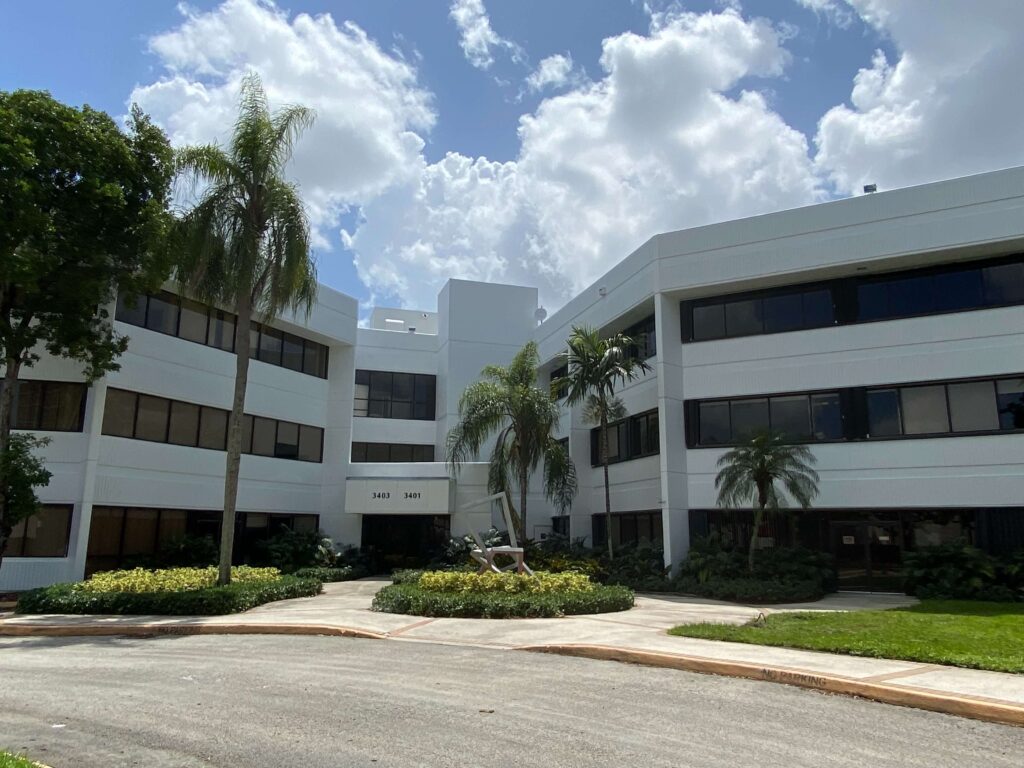A facility risk assessment helps you recognize potential hazards in and around your building. Here’s why a yearly assessment is vital.
As a building services contractor or in-house provider, you’re often responsible for far more than just the cleanliness of a space. Your job may entail anything from building and grounds maintenance to safety. That’s why a facility risk assessment is a critical part of your operation.
Of course, not every facility is the same. You may be responsible for an office complex or one building. You may work around children in a school, people with health concerns in a medical facility, or a good old-fashioned business office.
The details of a facility risk assessment depend on the actual building, grounds, and usage. However, many of the reasons for a regular assessment are true no matter where you work.
Keep track of all your scheduled maintenance and other equipment needs. Schedule a free call with Janitorial Manager to learn how mobile-friendly scheduling software can help your team work better than ever.
What is a facility risk assessment?
The National Institutes of Health (NIH) describes a facility risk assessment as “the process of identifying and analyzing potential future events that may negatively impact a facility, how likely each sort of risk is, and how much of an impact a risk may have on the facility operation.” They’re looking at facilities such as clinical drug research facilities and biosafety labs.
Another idea of facility risk assessment comes from OSHA. They suggest an assessment is an ongoing process of identifying and correcting potential safety hazards with the goal of reducing slips, falls, injuries, and such.
For our purposes here, we’re going somewhere in the middle, looking at general safety and reducing the risk of system malfunctions.
Again, a facility risk assessment is particular to each facility. That said, an assessment may include such things as:
- Conditions around points of egress
- Protocols around the storage and disposal of hazardous materials or chemicals
- Checking fire alarms, extinguishers, etc
- Identifying gaps in equipment or system maintenance
- Reviewing emergency procedures
These are all good things to know and to check on. But why every year? Or even more often?
10 Reasons a yearly assessment is crucial
1. New employees: Especially in larger organizations, there’s a good chance that new employees will join your in-house team each year as people leave or retire or you expand. Even with a solid onboarding and training process, it can take time for the rules and procedures of a new job to settle in.
2. Improved safety: Safety is always an area for ongoing improvement. However, it’s also helpful to have sheduled times to look for ways to actively enhance safety measures.
3. Reduced liability: While safety may be your priority, you also want to reduce the company’s liability in case of an accident. Regular risk assessments and risk reduction strategies can help minimize not only the chance of an accident, but also the liability, should one occur.
4. Reduced risk of adjacent system problems: Your heating and cooling system is an excellent example here. Is there a risk of malfunction? Could that malfunction include leaking fluids or water? And if so, how much of that could end up in ceilings, behind walls, or underneath carpeting, which can lead to mold and mildew growth? It’s much easier to catch HVAC problems and correct them than to root out mold and mildew from the hidden areas of a building.
5. Catch problems before they grow: A thorough facility risk assessment can help you find minor problems before they grow larger and more expensive to fix. Anything from failing water heaters to small plumbing leaks to cracks in sidewalks can fit into this category.
6. Plan ahead: There’s always a risk that some of your facility’s systems will require extensive work, but you may be lucky enough to get small warnings well in advance of a complete breakdown. With this advanced notice, you can plan so that your budget is prepared, and any disruptions are minimal.
7. Ensure seasonal readiness: Every season has its own set of challenges for in-house providers and building services contractors. Winter brings melting ice and snow into your building and creates slippery surfaces indoors and out. Summer heat can push electrical systems to the limit as people try to keep buildings cool. You may not be able to avoid the ice, snow, water, heat, condensation, and other weather-related conditions, but you can prepare for them by keeping the appropriate supplies on hand.
8. Compliance: Whether it’s compliance with building management, local regulations, or organizations like OSHA, a facility risk assessment can help you ensure your team is following procedures.
9. Financial health: You’re working within a budget. And while you may have some flexibility, you still need to figure out how to make all the numbers work. A yearly or twice-yearly risk assessment can help you determine how to best adjust that budget so you’re prepared for upcoming expenses.
10. Improved productivity: Almost by definition, reducing possible risks can improve your team’s productivity. Certainly, productivity isn’t the primary reason for a facility risk assessment. But as an added bonus, it’s not a bad one!
A facility risk assessment is a great way to keep your team and building occupants safe. Not only that, but it can help you reduce your overall costs. And as a nice perk, a risk assessment can make your job easier! So, stop worrying about all the things that could go wrong. Instead, get the jump on them and correct problems before they begin.
Reduce your costs and improve results. Let Janitorial Manager help make this your reality. Learn more today with a free discovery call!


